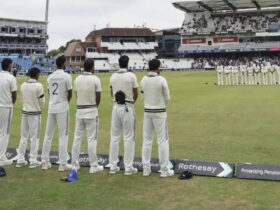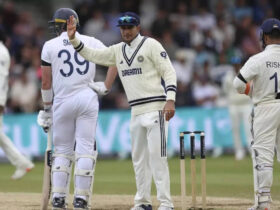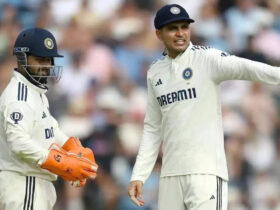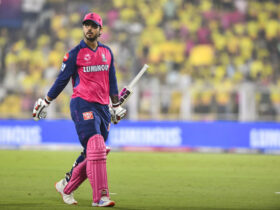Jasprit Bumrah’s Workload Under Spotlight as Team India Begins New WTC Era Against England
In a pivotal moment for Indian cricket, Team India embarks on a fresh World Test Championship (WTC) campaign against England, with the management of pace spearhead Jasprit Bumrah emerging as a critical talking point. As the team transitions into a new era under head coach Gautam Gambhir and captain Shubman Gill, following the retirements of stalwarts like Virat Kohli, Rohit Sharma, and Ravichandran Ashwin, the spotlight is firmly on how the support staff balances the workload of their most potent weapon.
Bumrah, who recently played all five Tests in the grueling series against Australia, is returning from a back injury and will not feature in the entire five-match series against England. Head coach Gambhir confirmed the cautious approach, stating, “He will play only three Tests in this series,” a decision backed by chief selector Ajit Agarkar and rooted in medical advice. This move underscores a broader strategy to preserve Bumrah, who has a history of injuries, including a stress fracture in 2019, for crucial phases of the WTC cycle.
Adding depth to this discussion, former head physiotherapist of the National Cricket Academy (NCA), Ashish Kaushik, spoke to SportsBoom.com about the intricacies of workload management for fast bowlers. “There is an acute-to-chronic workload ratio unique to every player,” Kaushik explained. “Exceeding or falling short of this ratio heightens the risk of injury. Workload isn’t just about overs bowled in a match—it encompasses training, fielding, and overall physical exertion.” Having played a key role in Bumrah’s recovery from his 2019 injury, Kaushik highlighted a lesser-discussed danger: under-bowling. “Just as over-bowling can harm a player, being under-bowled can be equally detrimental. The body must be conditioned to match intensity through a well-calibrated ‘safe zone’ of activity.”
Kaushik also emphasized the importance of holistic recovery. “Beyond physical rest, factors like sleep, nutrition, and emotional well-being are vital to keeping players fresh and minimizing injury risks,” he noted. He urged the team management not to compromise on training intensity, adding, “Fast bowlers like Bumrah need the strength to sustain multiple spells in a Test match. That endurance comes only from consistent ground time and targeted conditioning.”
Historically, Bumrah has been a game-changer for India, with 101 wickets in 26 Tests at an astonishing average of 21.99 as of January 2023. His ability to deliver searing yorkers and deceptive pace has often turned matches in India’s favor, making his fitness a non-negotiable priority. With the England series expected to test India’s resolve on seaming tracks, particularly at venues like Lord’s and Edgbaston, ensuring Bumrah’s peak performance in the Tests he plays could be a defining factor.
As Gambhir and Gill steer Team India into uncharted territory, the blueprint for managing Bumrah could set the tone for the entire WTC campaign. With emerging pacers like Mohammed Siraj and young talents waiting in the wings, rotation policies and workload monitoring will be under intense scrutiny. The challenge lies not just in winning matches but in building a sustainable framework for the future. Will India strike the right balance with their pace ace? The answers will unfold on the field, starting with the first Test against England, as a new chapter in Indian cricket begins with hope, caution, and unwavering ambition.





















